May 17, 2023
Dawn smells like damp oak leaves. Like monsoon. Unusual for May, dew points in the 50s overnight mean everything is wet. My skin. The birds.
I scan the trees always anticipating the next new yard bird, or even the next rarity, like this week’s surprising, out-of-season Townsend’s solitaire, which I’ve seen only once in May (Finding Birds in Southeast Arizona says the thrush is “casual” in summer). But I’m also acutely aware of the birds I expect to see and don’t. Like the canyon wren, whose haunting liquid trill has been absent from the yard coming up on two years.
A year ago, I wrote about Tucson Audubon Society’s blog “Chip Notes,” which caught my eye with its title, “Where Are All the Birds?” In it, biologist Tim Helentjaris related a conversation he had with another biologist and how in 2021 neither had seen any rufous-crowned sparrows or canyon wrens, two common birds in southeast Arizona.
Tim suspected the catastrophic drought of 2020. He began compiling data submitted to eBird from our region. What he found stunned him. Fifteen species showed a marked decrease in observations by 2021. Among the trogons and gnatcatchers and vireos, rufous-crowned sparrow sightings fell by 40 percent. Canyon wren by an “incredible” 75 percent.
Today, I’m reading a press release from the British Trust for Ornithology (BTO) titled, “73 million birds gone since 1970 – but which have vanished near you?” The UK’s leading bird research charity says that over the past 50 years, “almost 30 million House Sparrows, 20 million Starlings, 4 million Skylarks, 2 million Blackbirds and 1 million Chaffinches have vanished from the UK.”
A “staggering number,” the press release says. A decline of almost a third of all of Britain’s birds.
The BTO has created a website that allows people to enter their postal code and learn which birds were once common at their doorstep but now are missing.
I’m a long way from the UK. Even so, I wouldn’t need a website to tell me which birds are absent from my yard. I can hear the silence. I can see the gaping hole.
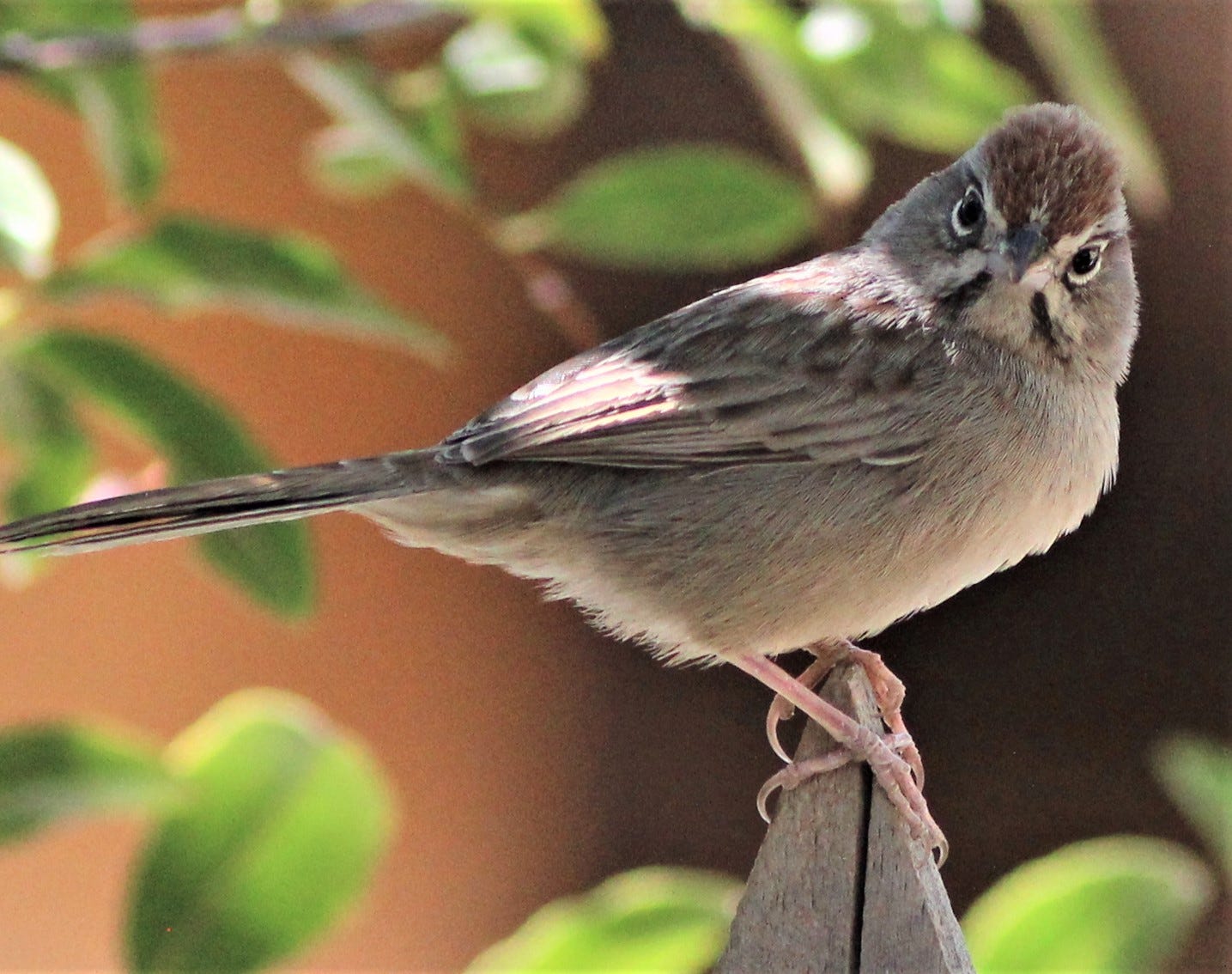
Thanks for subscribing….
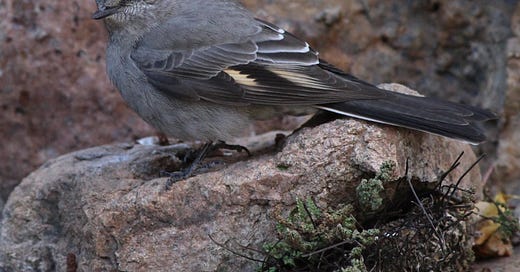



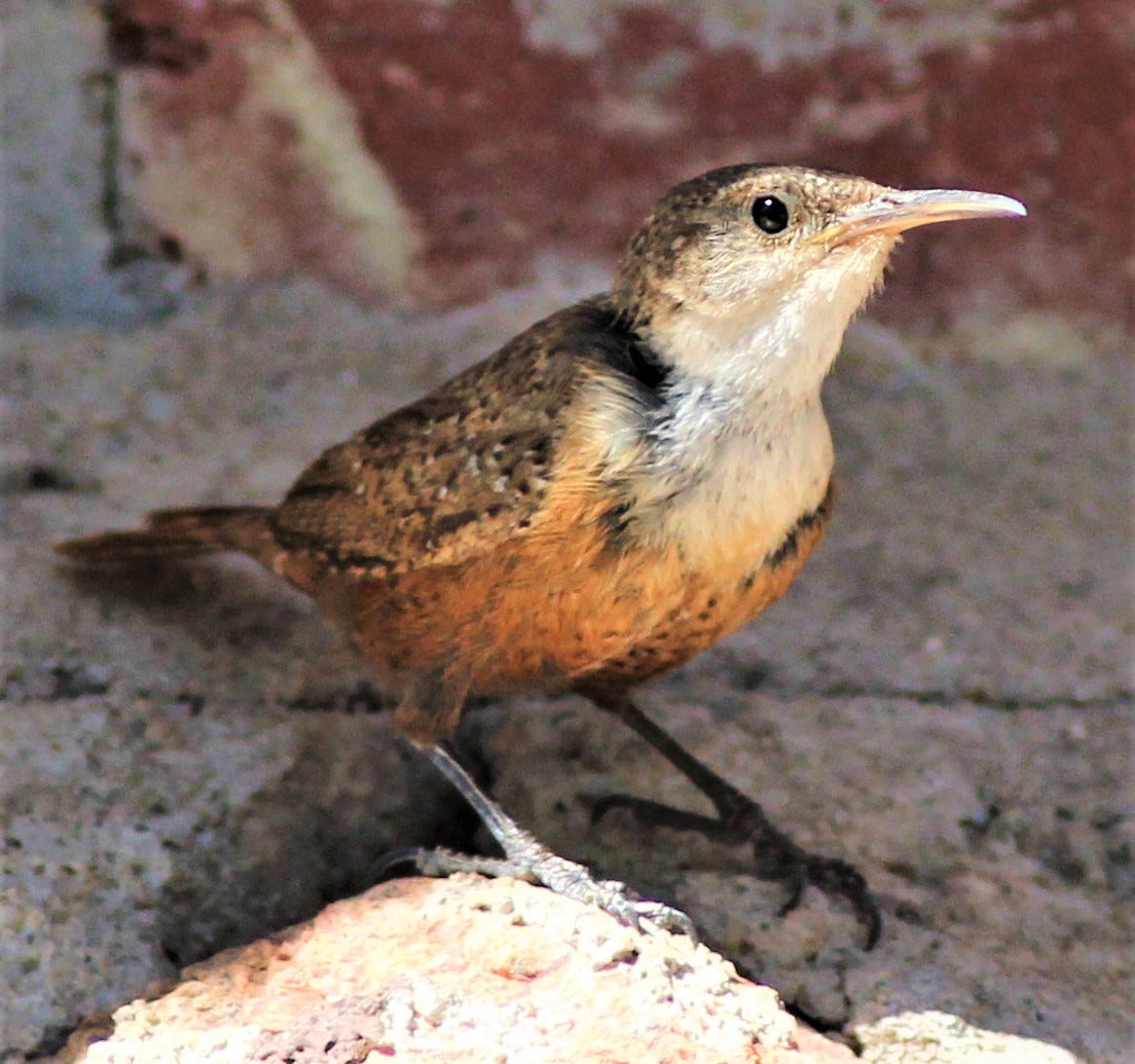
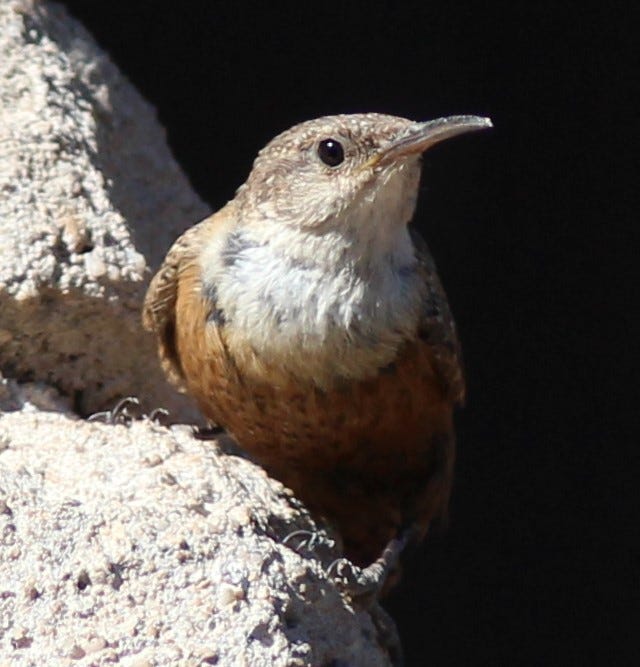
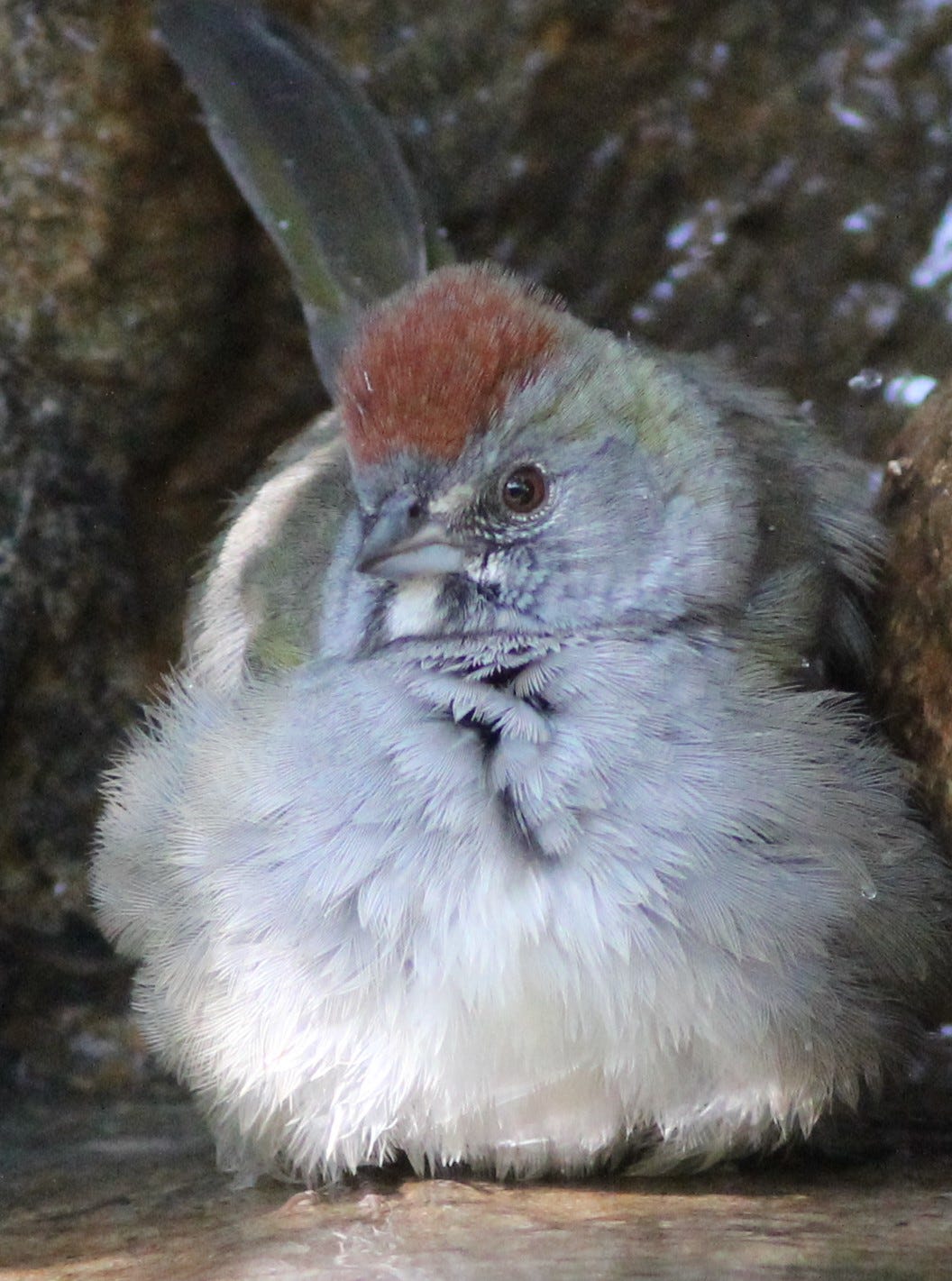

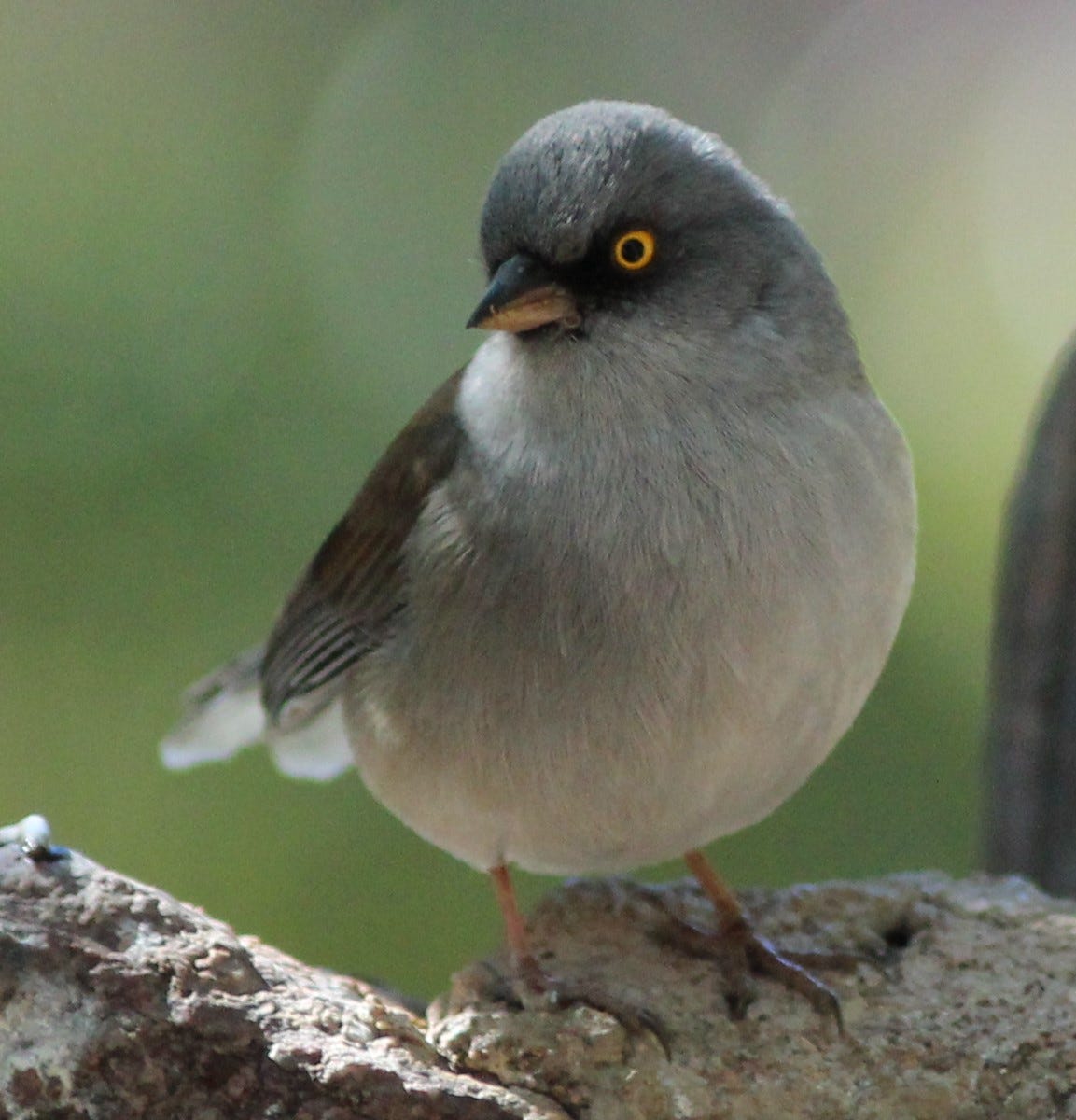
Your photos are beautiful, but this is such a sad story.
Over 60 years of living in a hot valley between sky islands has limited our observation of numbers & species of birds that visit & enjoy permanent residence here. Your observations, poetic descriptions & wonderful photos are very much welcomed & appreciated! Unfortunately you are correct in noting a
dramatic avian decline, however it’s not limited to birds, ALL other living creatures (except humans, stray cats & dogs ) are in precipitous decline. It’s been decades since we’ve had jack rabbits, badgers, leopard frogs, skunks, scrub jays, etc regularly visit our semi-rural desert area. Solutions are hard & next to impossible to implement.